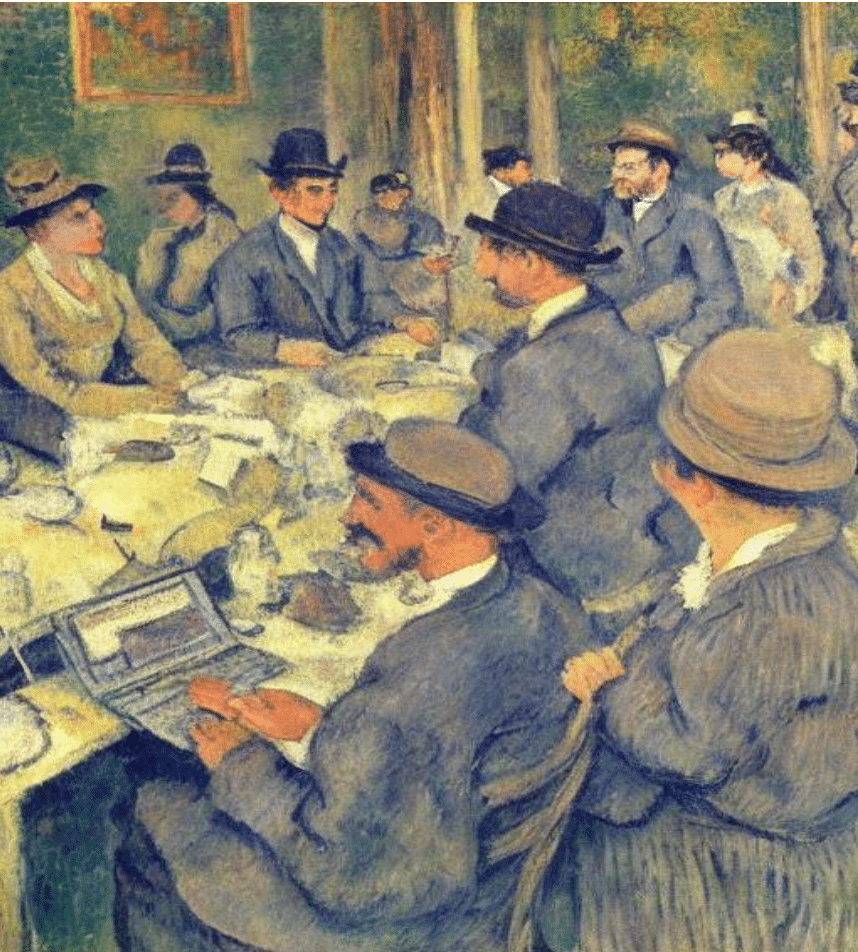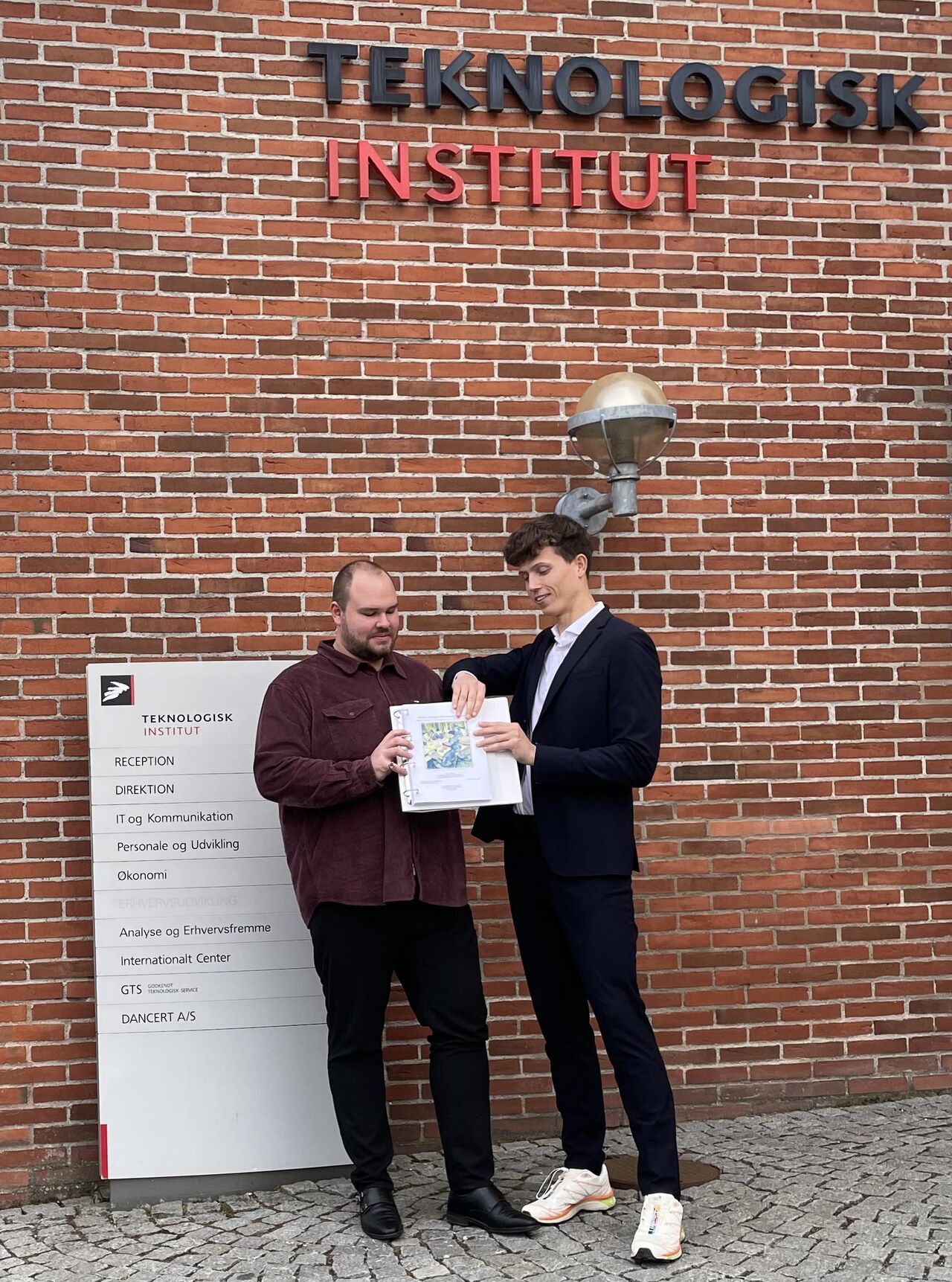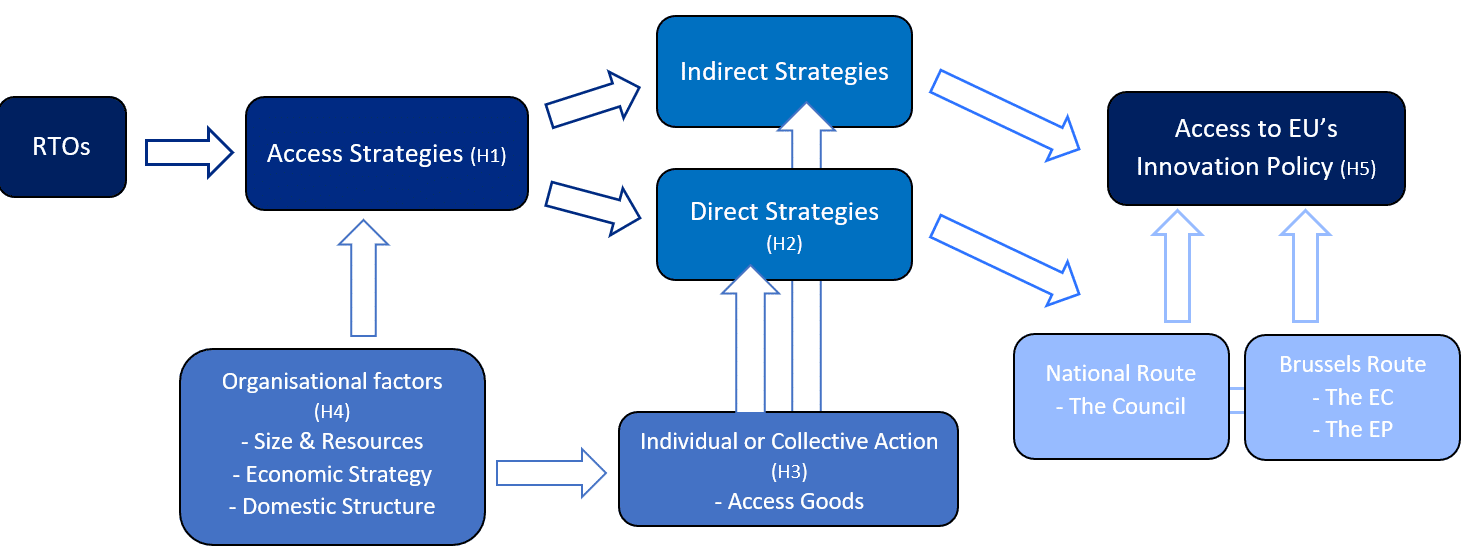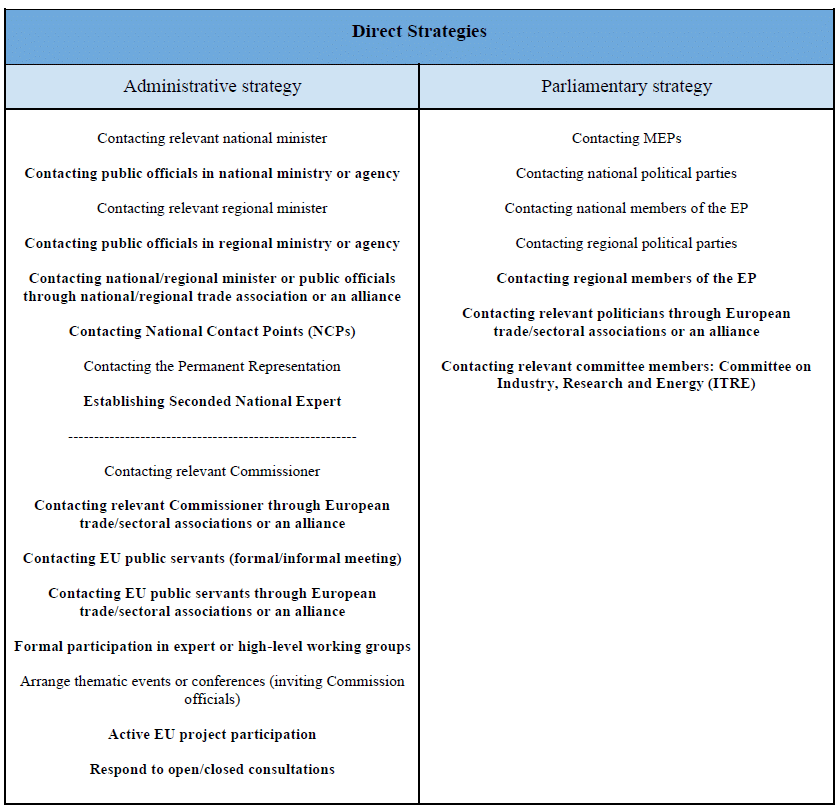EU Innovation Policy: The Role of RTOs in EU Policy Making
Master’s Thesis Offers Fresh Insights into RTOs’ Role in Shaping European Innovation Policy, Exploring Strategies for Engaging with EU Policymakers


In an era where innovation is the linchpin of sustainable development and economic prosperity, understanding the intricacies of policy-making and stakeholder engagement within the European Union (EU) is more crucial than ever. A recent Master’s Thesis, titled “The Way of the Research and Technology Organisations,” casts a spotlight on RTOs, unravelling their intricate strategies in accessing the EU’s innovation policy.
Authored by Emil Jøhnke Handberg and Lukas Markus Overgaard from the Department of Political Science at Aarhus University, the study offers a comprehensive exploration of the strategic efforts RTOs employ, drawing on insights from interviews with professionals from 21 diverse RTOs across Europe, each varying in scale, resources, and goals. This rich qualitative data, complemented by a robust theoretical framework drawn from interest management and organizational theory, paints a vivid picture of the access strategies employed by RTOs, exploring both national-level and EU-level engagement. Figure 2.5 from the study illustrates the various (theoretical) approaches RTOs can employ to access the EU’s innovation policy.

The findings reveal a complex, multifaceted landscape where RTOs employ both direct and indirect strategies to gain access to the EU’s innovation policy. The direct approach, notably favored, encompasses active engagement with EU institutions and national decision-makers, while indirect tactics encompass media campaigns and public advocacy. At the national level, RTOs connect with domestic government bodies, regulators, public officials, and National Contact Points (NCPs), establishing crucial links at regional and national tiers. In contrast, at the Brussels level, they concentrate on direct engagement with key EU entities, such as the European Commission and Members of the European Parliament (MEPs), and actively participate in expert and high-level working groups to foster crucial relationships with political stakeholders.
Moreover, the study sheds light on the collective nature of RTOs’ strategies, showcasing their tendency to collaborate through trade or sectoral organizations. This approach reflects the inherent collaborative ethos within the European innovation sector, emphasizing partnership over solitary action. RTOs frequently join forces, forming alliances or integrating into trade or sectoral associations, a move that broadens and enriches their engagement in policy-making. Table 5.1 from the study illustrates the various direct access strategies RTOs employ.

However, it is not a level playing field. The study sheds light on a significant imbalance: access to EU innovation policy is uneven, predominantly benefiting larger RTOs and those positioned geographically near Brussels. This discrepancy sparks concerns about a potential tilt towards uniformity in the innovation landscape, potentially neglecting the rich variety of innovative ideas essential for a holistic and effective policy framework. The thesis proposes mechanisms to promote inclusive engagement and collaboration in innovation policy, addressing the concerns about unequal access, highlighting especially Public-Private Partnerships as vehicles to foster direct collaboration between RTOs and the EU Commission.
The research is accessible for free on ResearchGate under the identifier: 10.13140/RG.2.2.16924.67209.
For more information on the study contact:
Emil Jøhnke Handberg: emil.jh@hotmail.dk
